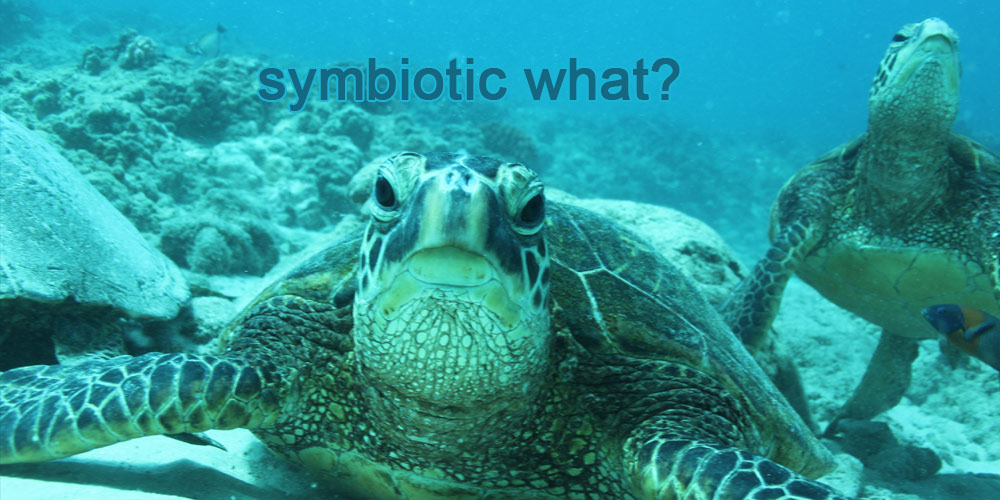The Importance of Coral Reefs for Hawaii’s Sea Turtles
Explore the symbiotic relationship between sea turtles and coral reefs, emphasizing the crucial role these ecosystems play in the turtles’ survival.

Symbiotic Relationship
Coral reefs and sea turtles share an intricate and symbiotic relationship that is of paramount importance to the marine ecosystem in Hawaii. The coastal waters of Hawaii boast vibrant and diverse coral reefs, serving as both a habitat and a crucial food source for sea turtles. This symbiosis is vital for the survival of sea turtles, as the intricate structure of coral reefs provides them with shelter, feeding grounds, and protection from predators.
Sea Turtles Rich & Varied Diet
Sea turtles, particularly the green sea turtle, are known to be grazers, feeding on seagrasses and algae that thrive around coral reefs. These areas not only offer a rich and varied diet for the turtles but also serve as nurseries for young marine life, contributing to the overall biodiversity of the region. The health of coral reefs is directly linked to the well-being of sea turtles, creating a delicate balance in the marine ecosystem.
Sea Turtles Find Refuge
Coral reefs act as a haven for sea turtles during their various life stages. Juvenile sea turtles find refuge in the intricate structures of coral, avoiding predators and developing the skills necessary for survival. Additionally, adult turtles return to these reefs for feeding and rest, forming an essential part of their migratory routes. The interdependence between sea turtles and coral reefs underscores the vulnerability of these species to the degradation of their natural habitats.

Climate Change, Pollution, and Overfishing
Human-induced threats, such as climate change, pollution, and overfishing, pose significant challenges to the health of coral reefs in Hawaii. The degradation of these reefs not only disrupts the delicate balance of the marine ecosystem but also directly impacts the survival of sea turtles. Increased sea surface temperatures, a consequence of climate change, can lead to coral bleaching, adversely affecting the availability of food and shelter for sea turtles.

In Conclusion
Conservation efforts in Hawaii are crucial for the protection of both coral reefs and sea turtles. Initiatives focusing on sustainable fishing practices, reducing pollution, and combating climate change are essential to preserving these ecosystems. By understanding and emphasizing the symbiotic relationship between sea turtles and coral reefs, we can raise awareness about the importance of preserving these habitats, ensuring the long-term survival of these magnificent marine creatures in the waters surrounding Hawaii.
